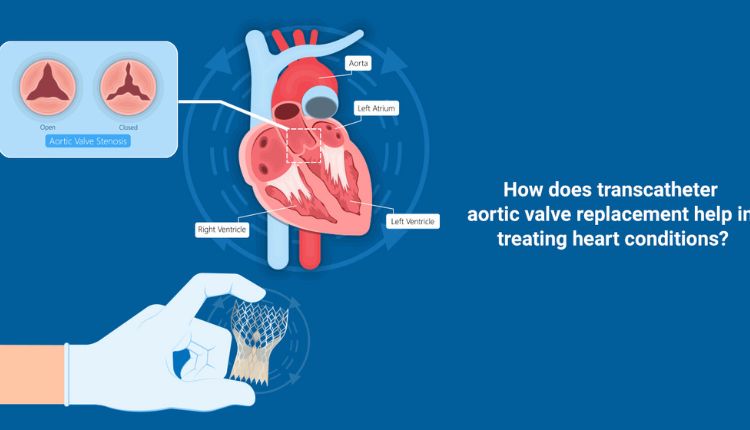Transcatheter Aortic Valve Replacement (TAVR): A Cardiologist’s guide
You’re in the heart of Anaheim, a city pulsating with life, yet you’re feeling like your heart isn’t quite keeping up with the beat. There’s an unease, a discomfort that’s hard to pinpoint. You’ve heard of ‘Transcatheter Aortic Valve Replacement’ or TAVR and wonder if it could be a solution. Well, you’re in luck. This is the Cardiologist’s guide, designed to pull back the curtain on this revolutionary procedure. Let’s tackle the nitty-gritty of TAVR together, and don’t fret, we’ve got anaheim internal medicine in the picture to ensure that you’re in good hands.
What is Transcatheter Aortic Valve Replacement?
The first thing to know about TAVR is that it’s a game changer. It’s a procedure that allows doctors to replace the aortic valve without performing open heart surgery. That’s right, no chest incisions, no long recovery periods. It’s done through a catheter inserted into an artery in your leg or chest. Simple, right?
Who Can Benefit from TAVR?
Now, you might be thinking, “Is TAVR for me?” That largely depends on the condition of your heart. If you’re suffering from severe aortic stenosis, a condition where the aortic valve narrows, obstructing blood flow, TAVR could be a lifesaver. However, TAVR isn’t for everyone. It’s generally recommended for patients who are at intermediate or high risk for open heart surgery. That’s why it’s crucial to consult with a trusted internal medicine provider to determine if TAVR is the right option for you.
The TAVR Procedure: What to Expect
So, how does it work? The procedure involves a catheter being guided through your blood vessels until it reaches the heart. An artificial valve is then delivered to the aortic valve’s location. Once in place, the new valve starts to do its job right away, taking over the function of the damaged valve. The best part? Most patients report feeling better almost immediately after surgery.
Recovery After TAVR
Recovery is another area where TAVR shines. Unlike traditional surgery, where recovery can take weeks or even months, TAVR patients often go home the next day. While some fatigue and discomfort are to be expected, most patients can resume normal activities within a week. It’s a fast track to feeling human again.
In Conclusion
Transcatheter Aortic Valve Replacement or TAVR is truly a marvel of modern medicine. It offers hope for those with aortic stenosis who might not have been candidates for traditional open-heart surgery. If your heart isn’t in tune with the vibrant life of Anaheim, consider consulting with an internal medicine provider to see if TAVR could help you get back into the rhythm.




